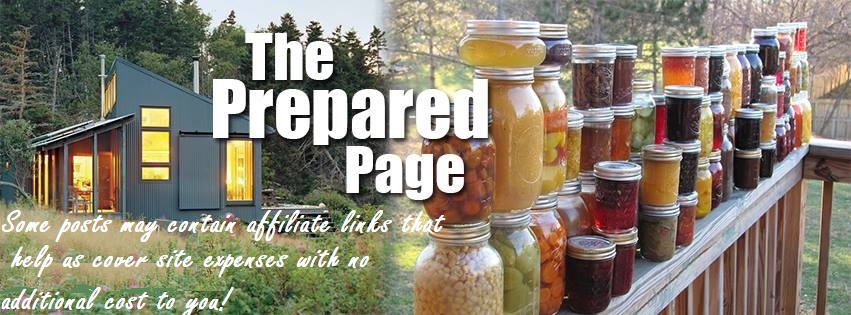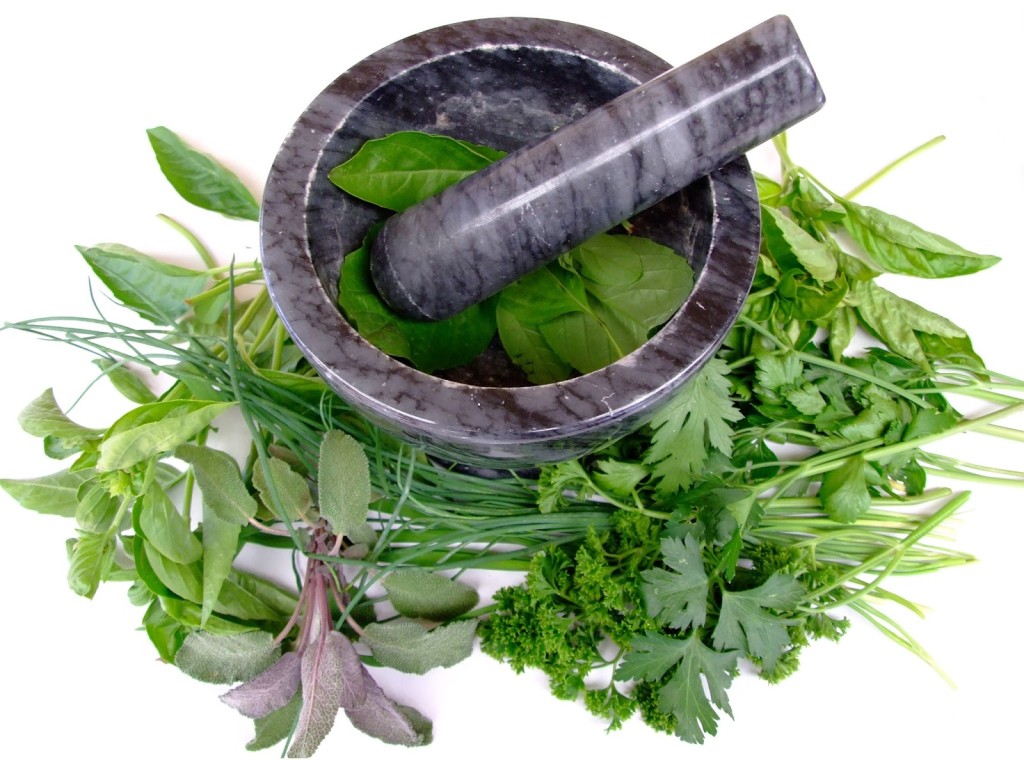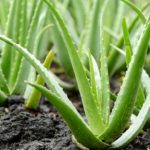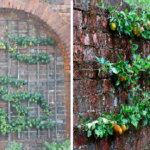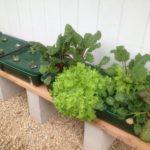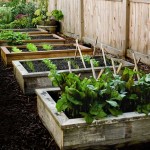Healthy Herbs You Can Grow Yourself
If you don’t have Garden space, or it’s late in the year, you will find that it’s not that hard to grow healthy herbs in your home. In addition to flavoring up your favorite dishes, herbs are filled with antioxidants and essential nutrients.
“Half of the nutritional value of Herbs is lost within thirty minutes of harvesting,” says Brian Hetrich, a naturop…athic doctor and gardening expert at the Hippocrates Health Institute, in West Palm Beach, Fla. “When you grow your own herbs you can use what you need at the moment by harvesting small amounts, fresh from the plant.”
Here are 10 of the Healthiest Herbs you can grow at home, along with growing tips:
BASIL
Basil is known to calm nerves, is a good source of fiber, and has a strong detoxifying effect on the liver. Basil oil has also been found to help clear skin blemishes, thanks to its powerful anti-inflammatory activity, and you don’t have to use very much to get desired effects.
Grow tip: Basil is a strong plant that grows easily indoors. It doesn’t need much care and requires watering only every other day.
CHIVES
This tasty herb—part of the onion family—can really give a boostto your immune system. Multiple studies even suggest that eating allium vegetables, a category that also includes garlic and scallions, is associated with a lower risk of developing prostate, stomach, and breast cancer.
Grow tip: Chives grow easily indoors, and don’t need much light or space.
CILANTRO (Coriander)
Besides being a mainstay of Mexican and Asian cuisines, cilantro supplies fiber and iron and helps clear heavy metals from your body. . Cilantro attaches itself to mercury, lead, and other toxic heavy metals and draws them out of your tissues.
Grow tip: Cilantro has a long taproot, and may be more challenging to grow indoors, but can be done with a larger container.
DILL
Dill is a great source of antioxidants (such as beta-carotene), and is also said to cure hiccups. Next time you get the hiccups, mix a teaspoon of dill leaf with a cup of boiled water, strain out the leaves, and drink the liquid slowly.
Grow tip: Dill requires full sun and grows best in deep soil, so you will need to plant in a large pot indoors. You will need to water twice a week.
LAVENDER
Lavender is packed with health benefits. Its fragrance will help you fall asleep, and it also contains antioxidants known as polyphenols that fight belly bloating.
Grow tip: Lavender will grow larger than other herbs, so will need a larger container when grown indoors. Keep it in a sunny area that gets eight hours of light each day. Lavender needs well drained soil, so make sure your pot has holes in the bottom to provide drainage.
MINT
Mint is a rich source of vitamin A, providing more than half of your recommended daily intake in just two tablespoons. It is also good for the breath, digestion, nausea, headaches, respiratory disorders, and asthma. A recent study found that essential oils in peppermint have a positive effect on exercise performance, respiratory rate, and blood pressure.
Grow tip: Mint grows fast, and will need a larger container when grown indoors.
PARSLEY
Besides being used as a garnish, Parsley is full of nutrients. It contains vitamins A and C, and just one tablespoon offers more than half of your recommended daily intake of vitamin K, a nutrient that’s essential for healthy blood.
Grow tip: Parsley is easy to grow, as it doesn’t need much sunlight or maintenance. It’s a slow grower, and just needs watered every other day.
ROSEMARY
This aromatic herb contains compounds, such as carnosic acid, that have been shown to fight cancer cells. Also, the smell of rosemary has been found to improve your memory. In a recent study from the University of Northumbria, in the UK, people performed better on various memory tasks if rosemary scent was pumped into the room.
Grow tip: Rosemary grows best with full sunshine and frequent watering. When you touch or brush up against this Herb, it will release it’s fragrant aroma.
SAGE
Many of the beauty products produced in the U.S. include sage, and it’s no wonder: Sage has antiseptic and antioxidant properties, which can help in the fight against early aging. Sage has also been used as a natural remedy for anxiety and fatigue, and is thought to be a memory enhancer.
Grow tip: Sage is a relatively high-maintenance herb. To thrive, it needs plenty of sunlight, good soil, and watering every other day.
THYME
Thyme is used as an herbal remedy for respiratory problems such as bronchitis, and it has definite antiseptic properties. (Thymol, one of the compounds it contains, is a key ingredient in Listerine.)
Grow tip: Small but plentiful flowers make this herb a pretty option for your home. It’s well suited for indoor growing, because it stays small. Make sure it is situated in your home where it gets plenty of sunshine.
Now that you have all the information on growing these healthy herbs you need the non-GMO seeds to start with! See them at the link below
Source Danny Look
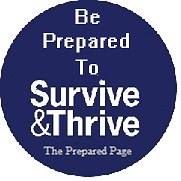 This is an aggregated site. Please be aware some of the sites we link you to could have pop ups and that we have no control over them. However, we will never link you to a site that requires you to make any purchase or join anything to view the article.
This is an aggregated site. Please be aware some of the sites we link you to could have pop ups and that we have no control over them. However, we will never link you to a site that requires you to make any purchase or join anything to view the article.
Please read our disclaimer. We provide you with information from various sites all over the world. The author’s expressed opinion isn’t necessarily that of The Prepared Page or its staff. Our intent is to bring you the information. Use your common sense and your own best judgment when using any information contained within the articles.
While you’re here check out some of those other articles you may find them interesting!!!
Some posts may contain affiliate links.
